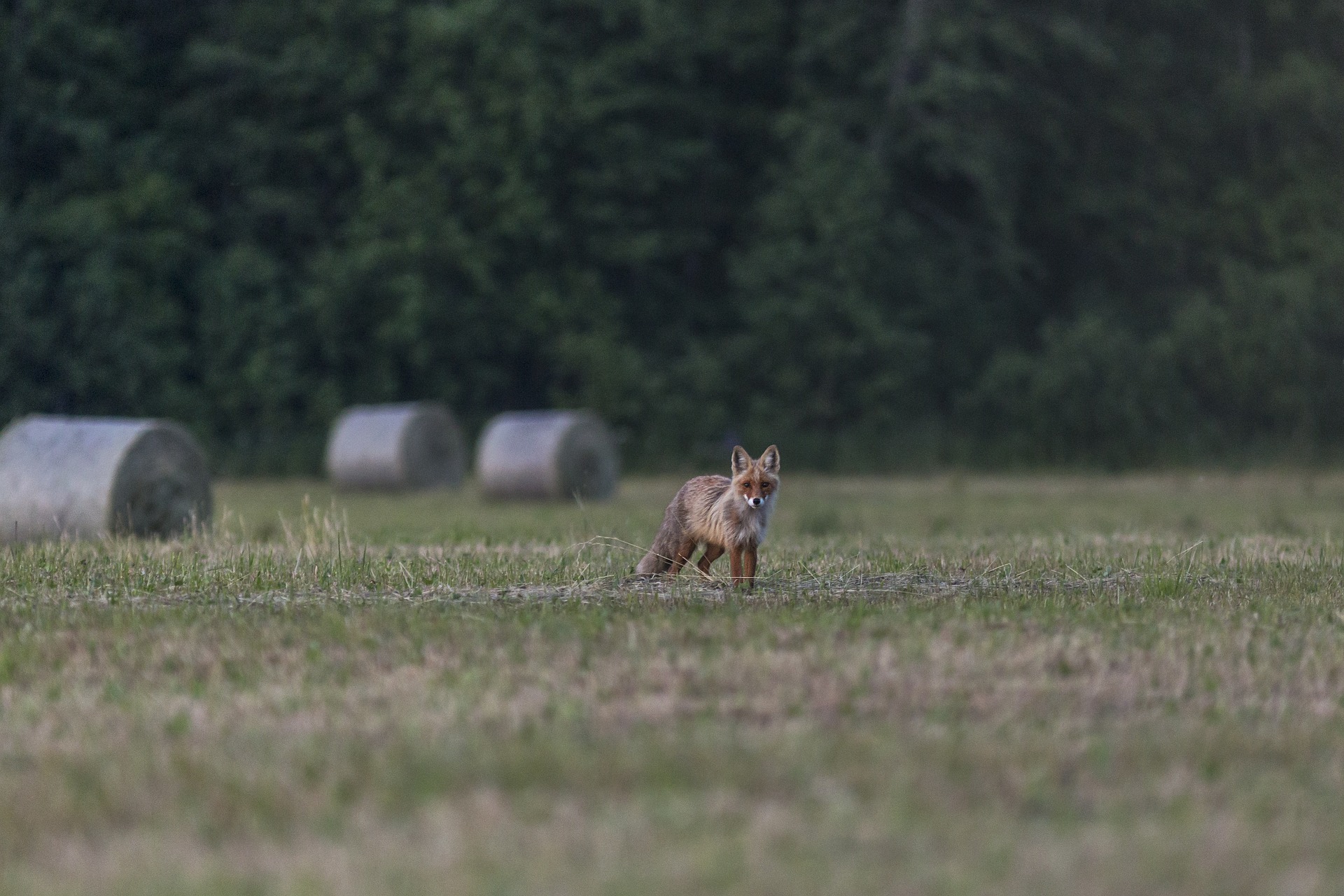The red fox (Vulpes vulpes) is a species of carnivorous mammal belonging to the Canidae family. Here are some key features and characteristics of the red fox:
- Appearance: Red foxes are known for their slender bodies, pointed ears, and bushy tails, which are often tipped with white. They have a reddish-orange fur coat on their backs, sides, and legs, with white fur on their undersides, throat, and chin. However, their fur coloration can vary greatly depending on region and individual, ranging from silver to black.
- Habitat: Red foxes are highly adaptable and can be found in a wide range of habitats, including forests, grasslands, deserts, mountains, and urban areas. They are particularly common in edge habitats where different types of habitat meet, providing a variety of food sources and shelter.
- Distribution: Red foxes have a vast distribution and are found throughout much of the northern hemisphere, including North America, Europe, Asia, and parts of North Africa. They have also been introduced to Australia and some other regions where they are considered invasive species.
- Diet: Red foxes are omnivorous and have a diverse diet. They primarily feed on small mammals such as rodents, rabbits, and squirrels, but they also consume birds, insects, fruits, berries, and carrion. They are opportunistic hunters and scavengers and will take advantage of whatever food sources are available in their environment.
- Behavior: Red foxes are primarily nocturnal and crepuscular, meaning they are most active during the twilight hours of dawn and dusk. They are solitary animals, although they may form pair bonds during the breeding season. They are territorial and will defend their home ranges from intruders, marking their territory with scent markings and vocalizations.
- Reproduction: Breeding occurs in late winter to early spring, with females giving birth to a litter of 2-12 pups after a gestation period of around 50-60 days. The pups are born blind and helpless and are nursed by their mother for several weeks before being weaned onto solid food. They reach sexual maturity at around 10 months old.
- Conservation: Red foxes are not considered threatened or endangered, and their populations are generally stable across much of their range. They are adaptable animals and have successfully adapted to human-dominated landscapes. However, they may face localized threats from habitat loss, hunting, trapping, and diseases such as rabies.
Overall, the red fox is a highly adaptable and widespread mammal species, known for its cunning behavior, beautiful fur coat, and important ecological role as a predator and scavenger in various ecosystems.
Views: 14
Subscribe to the newsletter:
